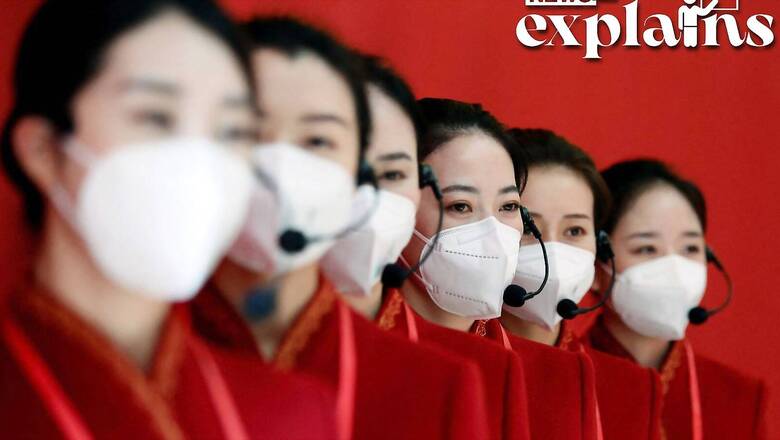
views
Four cases of the BF.7 variant of Omicron, which has been linked to an increase in Covid-19 cases in China, have been discovered in India. While two cases were discovered in Gujarat, one was discovered in Odisha, said reports.
The government has stepped up measures to remain vigilant against a possible resurgence of Covid-19 in the country; holding review meetings and encouraging people to get their booster shot of the vaccine, as well.
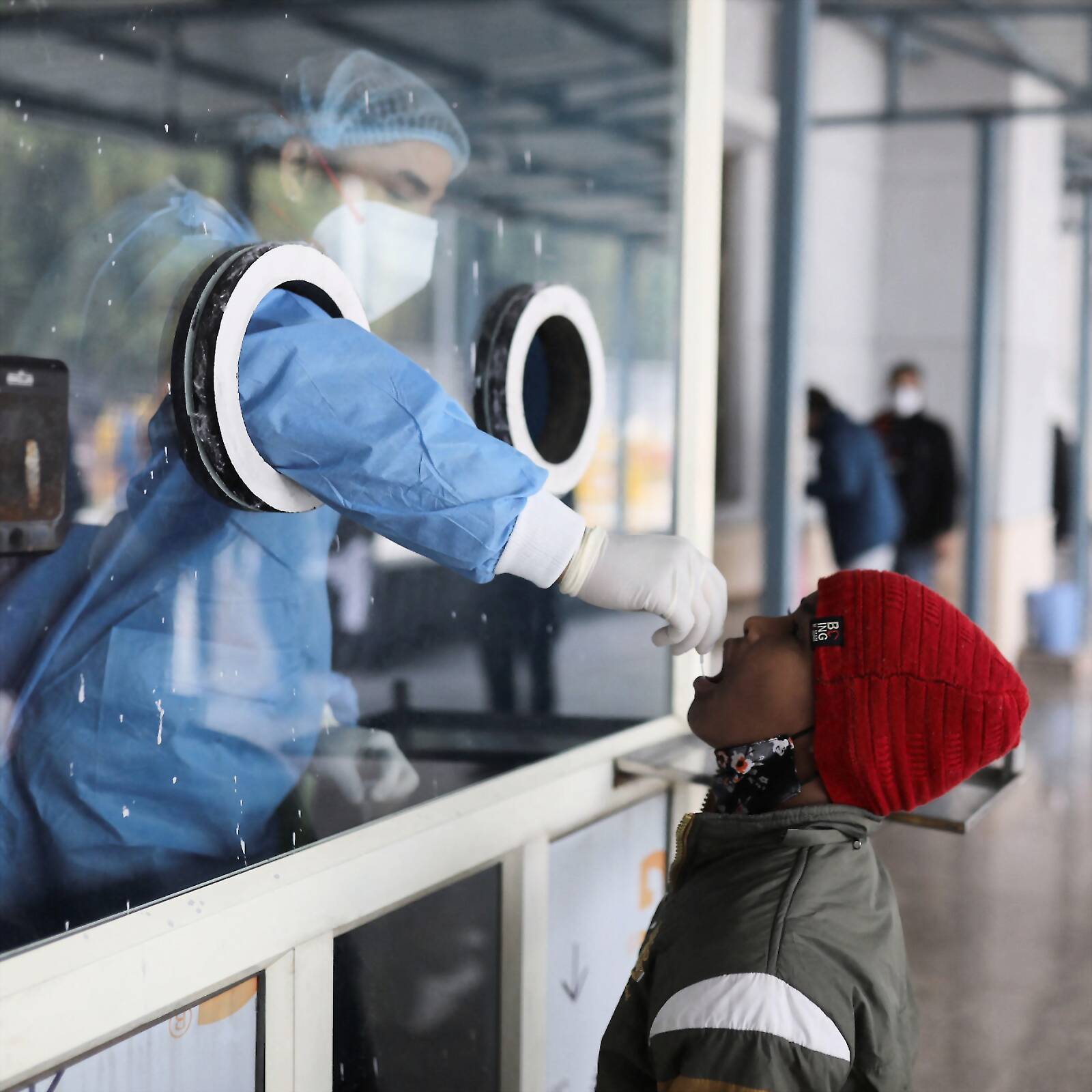
But as China makes news, a lot of focus is also on the particular variant spreading in the country and whether this can upstart another wave in India. News18 takes a deep delve:
What is the BF.7 Variant?
The main Omicron subvariant spreading in Beijing is BF.7, which is also responsible for the increase in Covid-19 cases in several Chinese cities.
According to reports, the high transmissibility of BF.7 in China could be attributed to a lack of immunity in the Chinese population from previous infection and possibly vaccination hesitancy.
Because it is highly transmissible, it has a higher capacity to re-infect or infect vaccinated people, and has a shorter incubation period.
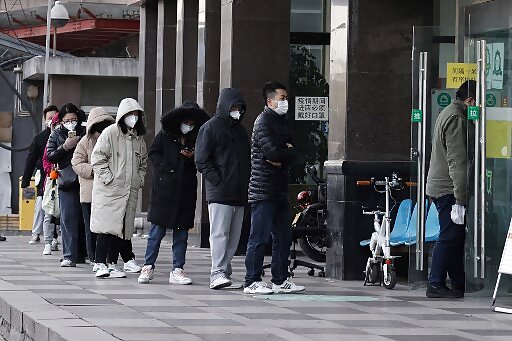
BF.7 has also been detected in the United States, the United Kingdom, and European countries such as Belgium, Germany, France, and Denmark.
According to an article published by The Conversation, BF.7 has a basic reproduction number of 10 to 18.6, which means that a person infected with this variant will transmit the virus to an average of 10 to 18.6 other people.
Because BF.7 has a high transmission rate, the number of Covid-19 cases in China is rapidly increasing, making control difficult.
What are the symptoms of BF.7?
According to the article, BF.7 infection causes symptoms similar to other Omicron subvariants.
Fever, fatigue, and upper respiratory symptoms such as cough, sore throat, and runny nose are among them.
People may experience gastrointestinal symptoms such as vomiting and diarrhoea in some cases.
Those with weakened immune systems may develop severe illness if infected with BF.7.
What mutations resulted in the development of BF.7?
BF.7 was created as a result of a specific mutation called R346T in the spike protein of SARS-CoV-2. This mutation has also been found in BF.7’s “parent” variant BA.5, and has been linked to SARS-ability CoV-2’s to evade neutralising antibodies generated by vaccines or previous infection with Covid-19.
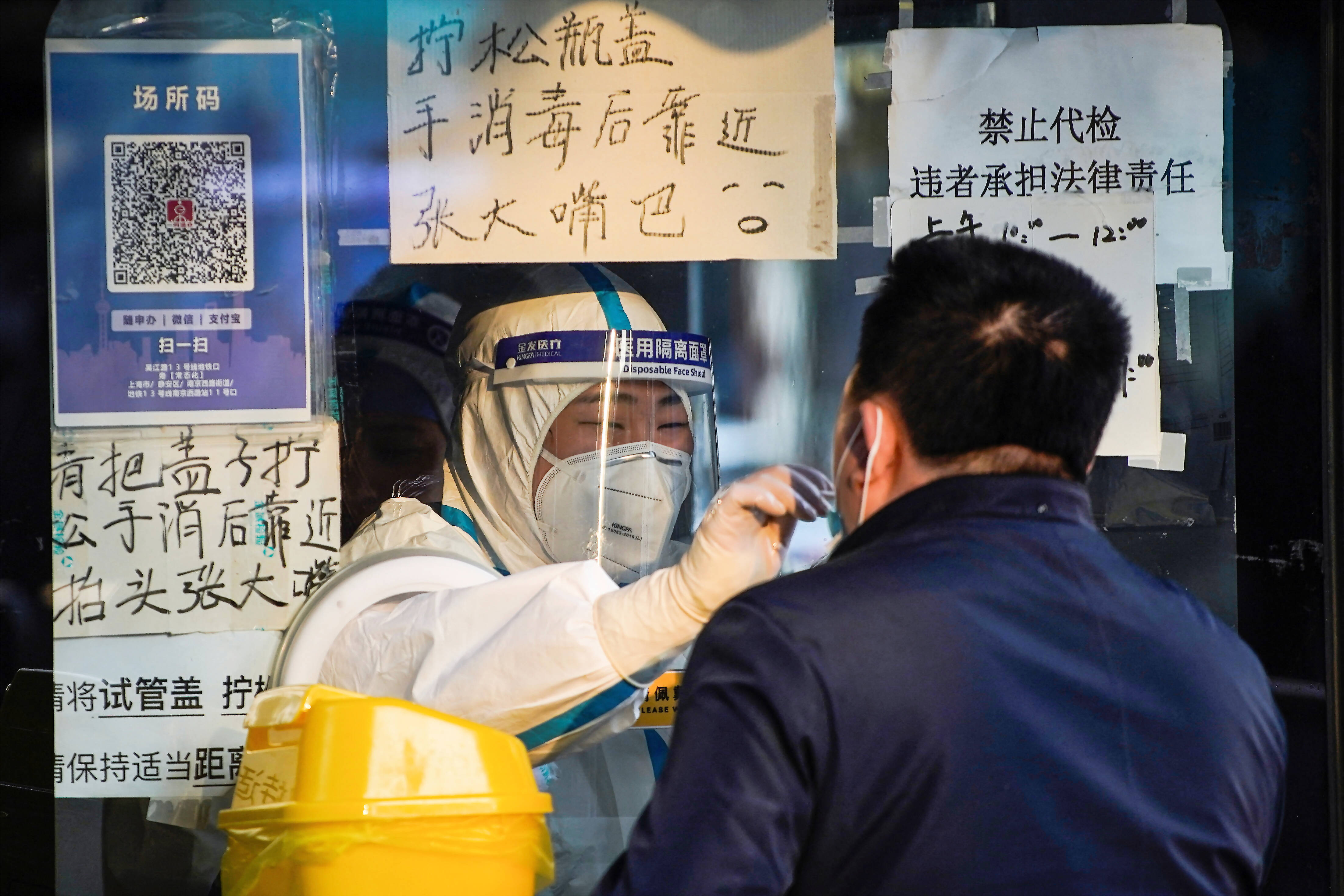
BF.7 has improved neutralisation resistance, according to a study published in the journal Cell Host & Microbe in November of this year. The researchers looked at the neutralisation of BF.7 in the sera of triple-vaccinated healthcare workers and patients infected during the Covid-19 pandemic’s Omicron BA.1 and BA.5 waves. Sera is the liquid portion of blood that has been stripped of proteins and clotting factors.
The N460K mutation is the most important factor in BF.7’s increased neutralisation resistance.
Despite BF.7’s immune-evasive characteristics and concerning signs of its growth in China, the Omicron subvariant appears to be holding steady in other parts of the world, according to the article.
In the United States, for example, BF.7 is estimated to have caused 5.7% of infections up to December 10.
Do We Need to Fear the Variant?
According to some experts, there may not be need for alarm. However, precautions in such a situation are always necessary, considering the unpredictable route the pandemic has taken often over the three years.
China was relying on the Zero Covid approach all this while to deal with the pandemic.
In contrast to other countries, which have accepted that they will have to live with the disease to some extent, China was pursuing a policy known as “dynamic zero,” which entails taking dynamic action wherever Covid-19 flares up in order to eradicate it.
The Chinese government claimed that this policy saves lives because uncontrolled outbreaks endanger many vulnerable people, such as the elderly.
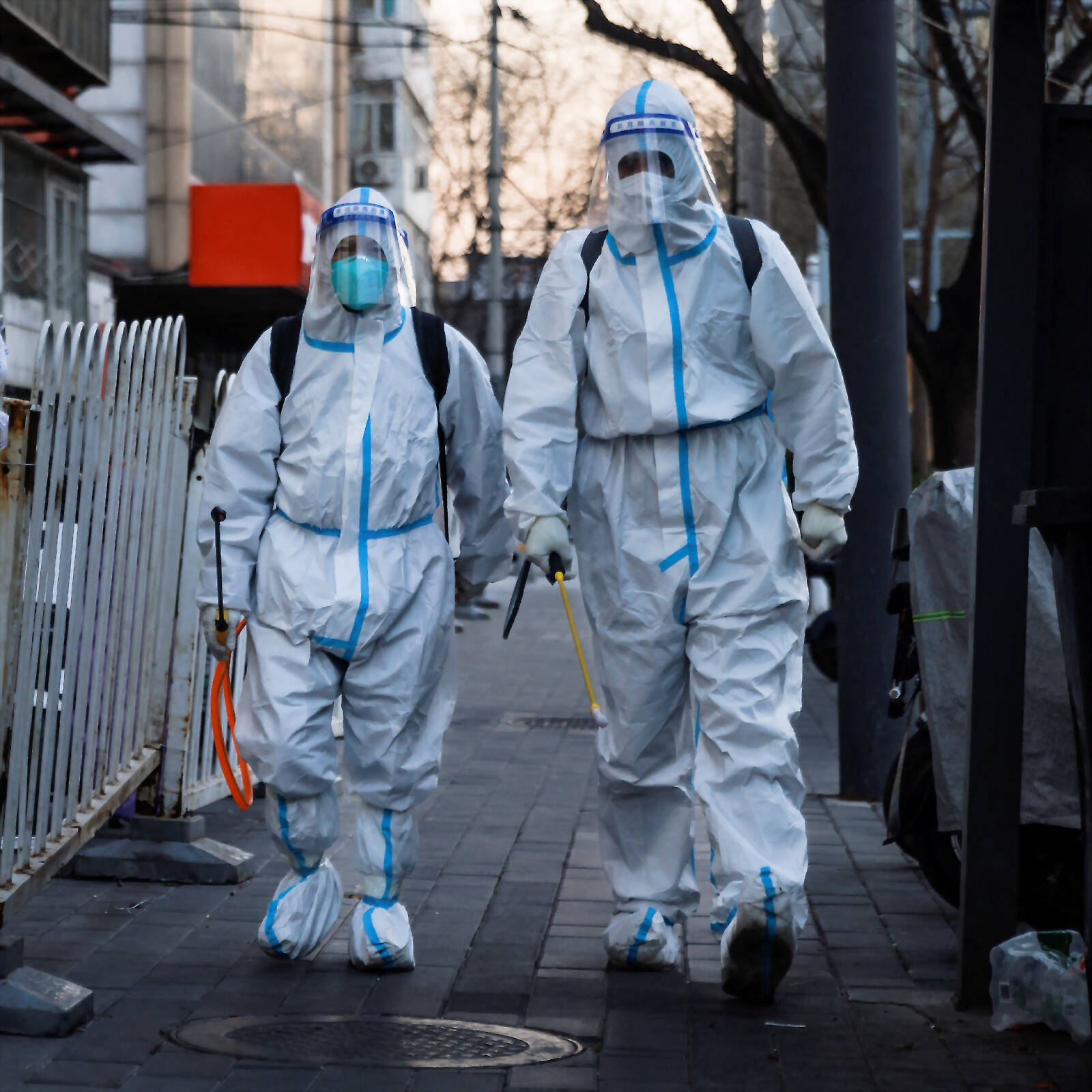
Due to strict lockdowns, China’s death toll has remained low since the outbreak began – the official figure is now just over 5,200.
This reported figure equates to three Covid deaths per million in China, compared to 3,000 in the United States and 2,400 in the United Kingdom, the BBC reported.
But due to this factor, a large majority of the Chinese population was never exposed to the virus like other countries, leading to low levels of immunity – because of low levels of infection so far.
After country-wide anti government and lockdown protests in China, Xi Jinping began relaxing lockdown, putting an end to Zero Covid.
However, as predicted, this has led to a spurt in infections and hospitalisations, and even reported deaths.
Compare this to India and one will understand that India has gone through multiple Covid-19 waves already, under various variants.
Our worst wave was in 2021 under the Delta waves, which saw the country struggling for oxygen and basic healthcare facilities. Later, we also experienced an Omicron wave, which was comparatively milder than the second wave.
“I do not see significant spillover impact on India,” Dr Anurag Agrawal, who has previously been associated with INSACOG closely as a director of the New Delhi-based Centre for Scientific and Industrial Research- Institute of Genomics and Integrative Biology (CSIR-IGIB) told Moneycontrol.
“Population immunity is much higher in India and our research suggests that most people have already been infected with Omicron, with a large fraction having had both Delta and Omicron infections,” said Agrawal.
Additional immunity provided by India’s large vaccination programme reduces the potential for major impact, he said, adding, “think of it this way, we have already paid the cost.”
The same sentiment was highlighted by NTAGI chief NK Arora.
NK Arora, the chairman of the COVID-19 working group of the National Technical Advisory Group on Immunization (NTAGI), said that there is nothing to panic about as the country’s system is “vigilant”.
“It is an important thing that we keep a close vigil on the Chinese situation. But I would say that there is nothing to be panicked about. There is no need for getting too much worried. The system is very vigilant, we need to be very vigilant. As far as genomic surveillance is concerned, this is the most important part we are doing genomic surveillance of individuals with symptoms,” he said, according to a report by Times Now.
Read all the Latest Explainers here


















Comments
0 comment